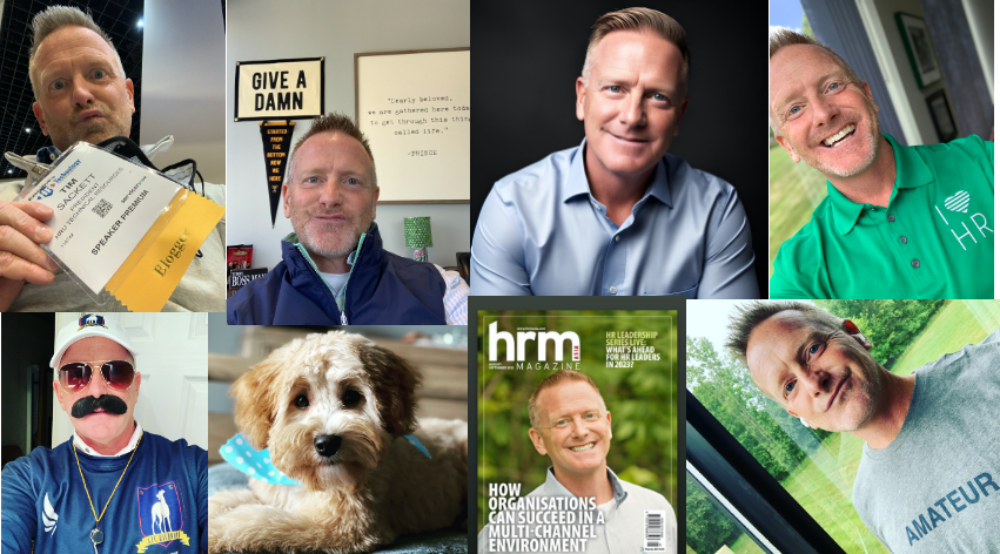My wife loves a super funny scene from the moving “Knocked Up”, here’s the scene:
“Care more!” My wife and I laugh at this because this one scene defines most marriages with kids!
I like “care more”. I want those I work with to care more. To care as much as I do. Care more about what we do. Care more about each other. Care more about your own development. Care more about our customers.
Care more!
Here’s the problem with ‘Care More!’ You’re assuming those around you don’t care more. Think about that for a moment. What if it was you being told to ‘care more’?
Feels like an insult, doesn’t it?
As leaders, we constantly feel like we care more about everything than all of those who work for us, but that’s just not true. It feels that way because we are surrounded by people who also care, but we are caring about different things at different times.
I’m surrounded by great people at my company, HRU Technical Resources, who are constantly caring more, but often it’s just not that we are aligned on our caring! I’m caring about something one day, and they also have things they are caring about. Some days we are all caring about the same thing, some days we are caring about different things.
When I first started as a leader in my career I would have high frustration over ‘care more’. I wanted every single person who I worked with to care as much as I did about the exact same things that I did. Let’s be honest, this is a behavior that still crops up for me from time to time!
What I’ve learned, is that almost every person that I have worked with does care more. The key is understanding what they care about, letting them know that I understand what they care about, and also have them know what I care about. I think this alignment lets all of us help each other.
Most employees working for you want to ‘care more’ about something. It’s not my job to judge what they care about, but to support them in caring more for what is important to them, not getting them to only ‘care more’ to what’s important to me.
That’s my key to great leadership and a happy marriage! Understand what others care more about. Help them care more. Don’t judge what someone else is caring more about. Let others know what you care more about so they aren’t assuming or guessing what you care more about.
The people I don’t want in my life are those who don’t want to care more about anything. I have no room for that!
